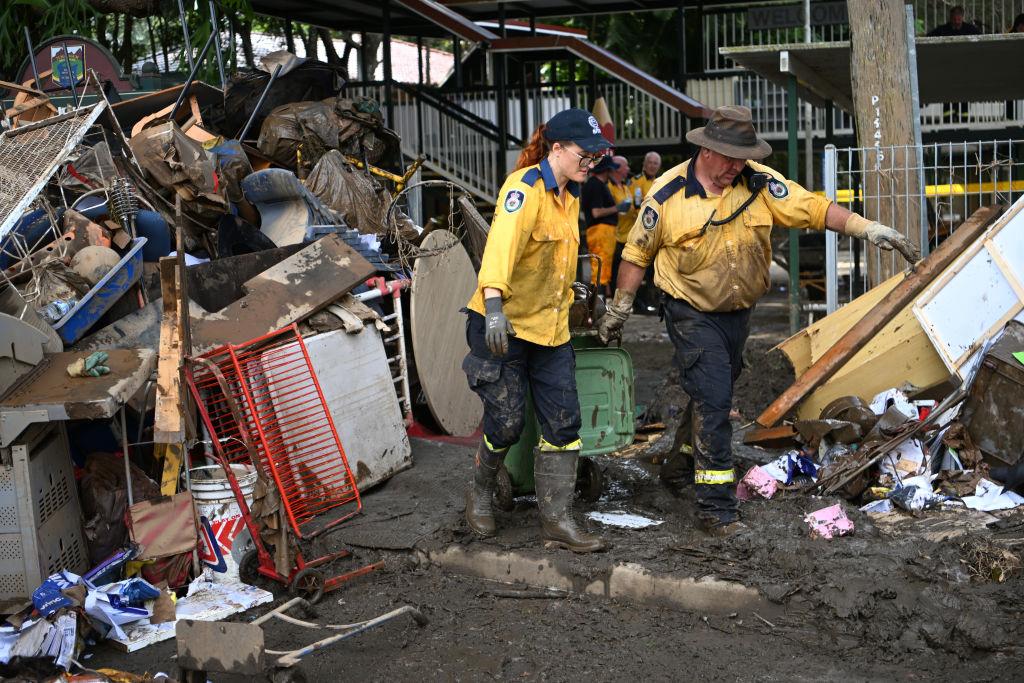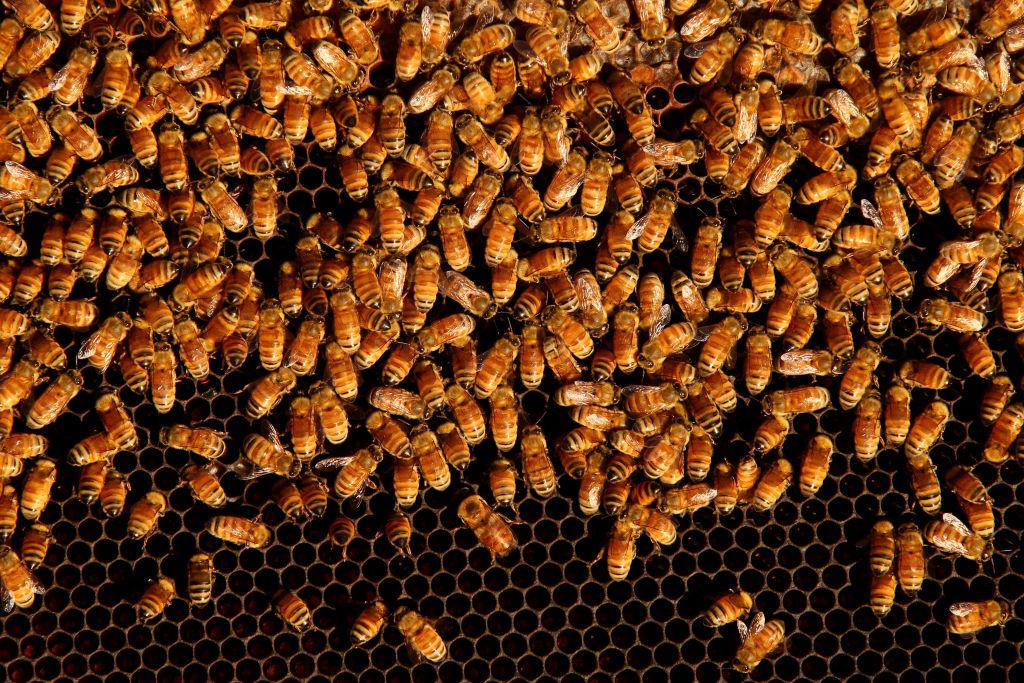Eating fresh seafood is a highlight and tradition for Australians over the Easter long weekend. Despite cost of living pressures, many are still enjoying this tradition over the long weekend as families and friends come together to mark the holiday.
Fishmongers and traders geared up for the market’s busiest single day of the year, and were set to sell more than 1,000 tonnes of seafood across the country’s most popular seafood markets.





